|
The distances are great in Alaska. We started in Fairbanks with a two hour drive to Denali, then a five hour bus ride into the park on it's only road. It was only 92 miles but at the 20 m.p.h. speed necessitated by the single lane and gravel construction, it took some time. And, the speed made for good wildlife watching and was welcome on the occasional hairpin turns that always seemed to be high up on a steep incline. Once out of Denail, we boarded an Alaskan Rail train and headed south toward the coast. After a couple hours on the train through Broad Pass and along the Susitna River, a short bus ride took us to Talkeetna. The weather was overcast, with the type of thick cloud cover that would have hidden Mt. Denali from our view had we seen this weather in Denali. Talkeetna is small and quirky town that seems geared to the tourist trade and mountain climbers who want to scale Mt. Denali. It's claim to fame, in addition to its role as gateway for flights to Mt. Denali, is it's past role as the backdrop for a popular television series - Northern Exposures. If you are old enough to remember the series, you will know that the series featured a young physician who was posted to the town after graduation and followed him as he adjusted to the rural Alaskan way of life. It was a nice break for a travel day. You can see the airport above. And, if you have been hankering for anything made from an antler, you can fulfill your desires in the shop below. From Talkeetna it was on to Girdwood and the Hotel Alyeska for dinner and the night. Girdwood advertises itself as Alaska's one true resort town. Dinner that night was accessed by the ski lift shown below which gave a great view of the colors brought on by Fall. The next morning we were off to Spencer Lake to see Spencer Glacier and raft down a nearby river. A bus and then a short train ride gets us to the Spencer Glacier Whistle Stop. There, we load onto an ancient bus to get to the lake, riding through the high grass and brush on a single lane road. The river portion of our tour is cancelled because calving off the glacier has blocked the entrance to the river. Our hostsare young and dressed mostly in cut off jeans, hiking boots and tee shirts covered loosely with colorful flannel shirts. They are enthusiastic and ready to get the trip off to a fast start. The bus driver welcomes us and then announces that we should prepare ourselves for a class 4 bus ride to our class 1 rafting trip. She turns up the heavy rock music and takes off roaring down the gravel road. As we bounce along with branches slapping against the bus, her front-of-the-bus companion - who looks strikingly like a young Goldie Hawn - dances and lip sinks the words to the music. Our rafting trip is off to a good start. Once off the bus, we hike to the lake shore. Off the buss, things are much quieter and calmer. We load into our rafts and row between the small icebergs that have calved off the river. Much of the ice is a deep turquoise-blue. The bus ride back has the same class 4 intensity of the ride in. Once back in Girdwood, we are on our own for dinner so we head into town using the area's public bus system. Nothing to report on the way out but after dinner it is dark and we catch the Northern Lights again. Well, sort of. When the shuttle bus arrives to pick up us, the bus driver is smiling, the air inside the bus has a musky smell and the music is blaring. The ceiling of the bus is lit up in reds and blues and greens streaks all moving in tempo with the music. The two young men from Girdwood sitting in the bus don't seem to notice. Perhaps, these northern lights are a regular occurrence.  We head back to the hotel for the night. Tomorrow we head south to the Kenai Peninsula, crossing Moose Pass through Kenai Mountains and Turnagain Arm National Heritage Area, named for the inlet that itself was named by Captain Cook. ~ ~ ~ ~
All photos and text are copyright Clinton Richardson. If you like these posts, please tell your friends about the Venture Moola blog at Readjanus.com. More of our images can be found on our companion website at trekpic.com. Feel free to share this blog with your friends. The more readers the better. Click here if you would like to get an email notification when we release new entries. Or, click in the side column to follow us on Facebook or Twitter. To say that the views on the ride out of the park were good would be an understatement. A partly cloudy sky opened up with a pink sunrise followed by the soft light of Alaska that comes from unpolluted skies and a sun that sits lower in the sky. The golden hour for photography here is longer because of our northern latitude. Shortly after we passed the pink sky and mountain view we shared in the last posting, we came upon a pair of bull moose who were checking out one another. Above we see them framed against the spectacular Denali backdrop. It is September, the beginning of rutting season and the males are out and about. Here is another view from near the same spot. Note how bright white the moose's antlers appear. This is no trick of Photoshop. The antlers appear that bright when they reflected the morning sun. Perhaps, to make them easier to follow? Here they are again, a few minutes later, the same two bulls with Denali's mountains in the background. . The moose is the largest and heaviest member of the deer family. The name is borrowed from native American languages of the Algonquian and Eastern Abenaki. Some linguists believe the name is derived from moosu, a term that means "he strips off," likely a reference to the male's practice of stripping off the fur their antlers in the fall as rutting season approaches. Here is a close up of one of these imposing 'deer.' Another can be seen below approaching. Note the vegetation caught in his antlers. The slow ride out stopped to see Mt. Denali again, still visible under mostly clear skies. After the stop, we started seeing grizzlies on and near the road. The one below was near a short overpass and was accompanied by the cub you see below. These bears are big, as you would expect from a grizzly. But, we are told and will confirm for ourselves later in the trip, not big for grizzlies. The food sources are limited here. There are no salmon runs in this central part of Alaska to support a larger body size. The lone road through Denali makes a good path for the bears. Here, two we saw earlier on the hillside beside the road are walking by one of the Denali buses. As you can see below, everyone including the bus driver is trying to capture an image of the bears. With all this activity taking place near the Park road, we did not see a female moose until near the end of the trip, a good 30 miles distant from the two males we saw earlier in the morning. Here she is in the shrubs and tall grass. Happy to graze undisturbed. ~ ~ ~ ~
All photos and text are copyright Clinton Richardson. If you like these posts, please tell your friends about the Venture Moola blog at Readjanus.com. More of our images can be found on our companion website at trekpic.com. Feel free to share this blog with your friends. The more readers the better. Click here if you would like to get an email notification when we release new entries. Or, click in the side column to follow us on Facebook or Twitter. Back at Denali National Park, we have reached the end of the only road that leads into this 6.0 million acre park. At 20 miles an hour with frequent stops, it takes more than five hours but with the blessing of clear weather, we not only get a rare view of Mt. Denali, we also see bear and caribou. At the end of the road, we find ourselves in Kantishna and a lodge run by one the Alaskan Indian corporations. Two nights there breaks up the scenic drives in and out of the park and gives us time to hike a variety of trails and to explore nearby Wonder Lake. As you can see below, the accommodations are more modern than the outbuilding above would suggest. The structure above is from the early 1900s. The weather was overcast and cool for a hike near Wonder Lake the next morning. There were caribou near the lake and birds on and around the water. And, there was quiet. No traffic noise. No jet trails in the sky. The only sounds came from the wildlife and other travelers. The later were few in number. Wonder Lake is sometimes called the Crown Jewel of Denali National Park. It is a kettle lake, or one formed by a glacier when it receded. It is large by kettle lake standards, though, reaching depths of up to 250 feet with a length of three miles.
Our stay in Kantishna gave us a second chance to see the Northern Lights, though few witnessed it. It was cold and windy that night and the lights were not expected until long after midnight. The next morning's right back along only Park road was leaving before sunrise and it would provide its own stunning sky views. Here is what greeted us on the ride back. The air was cool and clear as we boarded our bus. A short way up the road and we were riding through a long valley as a the sun rose. The sky turned pink, framing the Denali mountains in a soft glow. As the sun rose higher in the sky and we made our way further along the gravel Park road, we spied our first bull moose. Their horns were recently shed of their summer fur but still bearing some remnants of the shedding. Look closely below and you will see the last fur trailing off the back of his rack. When we arrived the two bulls were eyeing one another but staying at a respectful distance. We stayed for awhile to watch their interaction develop. More about this next week. ~ ~ ~ ~
All photos and text are copyright Clinton Richardson. If you like these posts, please tell your friends about the Venture Moola blog at Readjanus.com. More of our images can be found on our companion website at trekpic.com. Feel free to share this blog with your friends. The more readers the better. Click here if you would like to get an email notification when we release new entries. Or, click in the side column to follow us on Facebook or Twitter. Our trip got off to a fast start after our initial group meeting in Fairbanks with the outfitter. It was a simple question that got us going. Would we get a chance to see the Aurora Borealis? It turns out everyone in Alaska is a fan of the Northern Lights and there are several resources online to tell you how likely they are to appear on any given night. It was a clear evening with a positive forecast so our guide offered to drive us north of Fairbanks into the woods to see the Northern Lights and the Alaska Pipeline. As a Fairbanks native whose husband worked for the pipeline company, she knew a good place to see the Pipeline and some good locales for viewing the night sky. After dinner we headed out. Our first stop was the Pipeline. It got cool as the day ended but not something a sweater and light coat could not handle. It has been unseasonably hot in Alaska again this year pushing back and shortening the cold season. For years now, global warming has been warming and reducing the permafrost that covers most of the State. The consequences of a melting permafrost are a major concern for Alaska's 740,000 residents. As we took in the enormity of the Pipeline. Forty-eight inches wide and more than 800 miles long, the Pipeline carries millions of gallons of oil each year from Prudhoe Bay in the north to Valdez, Alaska, on the southern coast. At it's peak, the Pipeline moved 2.1 million gallons of oil per day, down to less than 500 thousand gallons in 2018. Once the oil stops flowing, it will be removed and many jobs will be lost, an economic reality many Alaskan's fear. As night arrived, we piled into our van and drove further north of Fairbanks, leaving a paved highway and driving into the woods on gravel roads. We headed toward a cell tower first, interrupting who-knows-what in a sedan parked along the side of the road. The vista was not clear from that point, so our guide drove further until we came upon this clear stretch in the road. Even though it was still relatively soon after sunset, the Northern Lights were on full display. You can see it above but what you cannot see is its movement or it stretching behind the top of the photograph all the way to the opposite horizon. It filled the sky with color and movement. As the sky darkened, the lights seemed to get brighter or, at least, more distinct. We did not hear any sound from the Borealis. Many natives claim to be able to hear as well as see the Northern Lights, a claim disputed by many. Recent research, however, seems to validate the claims of those who hear sounds with the Aurora Borealis by noting clapping sounds generated as low as 70 feet above ground level. Since the constant and unpredictable movement of the lights as much as the lights and colors themselves are what make this phenomena so interesting to experience, we end this posting with five consecutive shots of the Northern Lights taken in quick succession that evening. Scroll through them quickly to get an idea of just how much these celestial lights dance through the sky. Next week, back to Denali National Park, a Wonder Lake, pink morning, big antlers, rutting moose and more. ~ ~ ~ ~
The first image above is entitled Baby Ravens and sits outside a museum in Fairbanks. All photos and text are copyright Clinton Richardson. If you like these posts, please tell your friends about the Venture Moola blog at Readjanus.com. More of our images can be found on our companion website at trekpic.com. Feel free to share this blog with your friends. The more readers the better. Click here if you would like to get a weekly email that notifies you when we release new entries. Or, click in the side column to follow us on Facebook or Twitter. He was lying face down in the snow, having collapsed right in front of me as we made our way up Mt. Denali. "Kurt!" *** No response. I called for help as I rolled him over. His eyes were shut and there was ice on his beard. I shook him. He was unresponsive. Others rushed over. I shook him again. No response. And then he started mumbling in a low voice. A heart attack thousands of feet up the tallest mountain in North America. We were miles away from medical help and my climbing partner was fighting for his life! We stabilized him as best we could, radioed base camp and started making our way back down the mountain with Kurt. It was snowing and windy the whole way back. When we got there a few days later, a medical team was waiting for us. At this point in our driver's story, we were several hours into our ride into Denali National Park down the single one-lane gravel road that travels 92 miles into the park. At six million acres, Denali is one of the largest national parks in the system and one of the most remote. Established as the nation's first wildlife park, Denali protects the habitat of grizzly bears, moose, caribou, porcupines, Dall sheep and many other animals. It is an area of vast plains and massive mountains. It is fall when we arrive and the colors in the trees are mostly greens and bright yellows. But there is much more color inspired by the cooling temperatures. The ground is a patchwork of reds and purples and yellows and whites all on a background of brown and heather. Berries account for much of this ground cover and for much of the diet of the grizzlies who are now active accumulating the weight they will need to survive hibernation. You can see three of them above, one female and two cubs, foraging on blueberries and other plants. The image below captures one of the cubs in a closer view. Our driver, a park guide and mountain climber, picks up where his story left off. He is telling about his first climb of Mt. Denali ten years earlier when he was in his early twenties. It turns out we were right in our diagnosis. Kurt had suffered and fortunately survived a heart attack on the mountain. It turns out he had a history of heart disease in his family but had left that off his application form. After getting care for Kurt at base camp, the rest of us started climbing back up toward Denali's summit ridge. At 20,310 feet, Denali is the tallest mountain in North America. To lighten our load, the trip leader reassigned me to another tent for the rest of the hike which was a bit uncomfortable. I was now sharing a tent with a pair of newlyweds. Mind you our driver was interesting and very engaged with his story but this was hours into the trip and he was now telling about his first trip up the mountain after telling us about his second trip up which he had just completed weeks earlier. A proud accomplishment to be sure and an interesting insight into the world of mountain climbing. But maybe, just maybe, this would have played better as a feature length film instead of a multi-season series. He did intersperse a good bit of background information about the mountains and wildlife we were seeing. And we would stop whenever someone spotted wildlife along the road. These bears in a river bed slowed us down for awhile. We first spotted them while on a stop but we likely would not have missed them if we were driving. The speed limit on our gravel road was just 20 miles per hour. These were actually the first bears we spotted on our trip. So, they were reason to celebrate. Grizzlies in the wild. We had seen some in Yellowstone but, still, it is a treat to see them. Our second sighting came shortly after. This time it was a mother and two cubs farther away walking up a mountain. The total ride into our lodge took between five and six hours. The bus is the only way into or out of the park unless you rent a small plane and land on a runway near the lodge. This is by design and intended to protect the wildlife. Camping is allowed throughout the park on a limited basis but we passed miles of land that were off limits even to camping and hiking. As we neared the end of our trip into the Park, we spotted caribou in the distance. Their great antlers glistened in the low sun of the late afternoon. They have just shed the fur off their antlers. If you look closely below you can see some of the remnant fur still clinging to the top of the antlers. ~ ~ ~ ~
*** Note: Names are changed in the mountain climbing story. All photos and text are copyright Clinton Richardson. If you like these posts, please tell your friends about the Venture Moola blog at Readjanus.com. More of our images can be found on our companion website at trekpic.com. Feel free to share this blog with your friends. The more readers the better. Click here if you would like to get a weekly email that notifies you when we release new entries. Or, click in the side column to follow us on Facebook or Twitter. |
the blog
Travel, history, and business with original photos.
your hostClinton Richardson - author, photographer, business advisor, traveler. Categories
All
Archives
July 2023
Follow us on Facebook
|
Check out Ancient Selfies a 2017 International Book Awards Finalist in History and 2018 eLit Awards Gold Medal Winner and
Passports in his Underpants - A Planet Friendly Photo Safari a 2020 Readers' Favorite Winner in Nonfiction
Site Copyright 2024 by Clinton Richardson
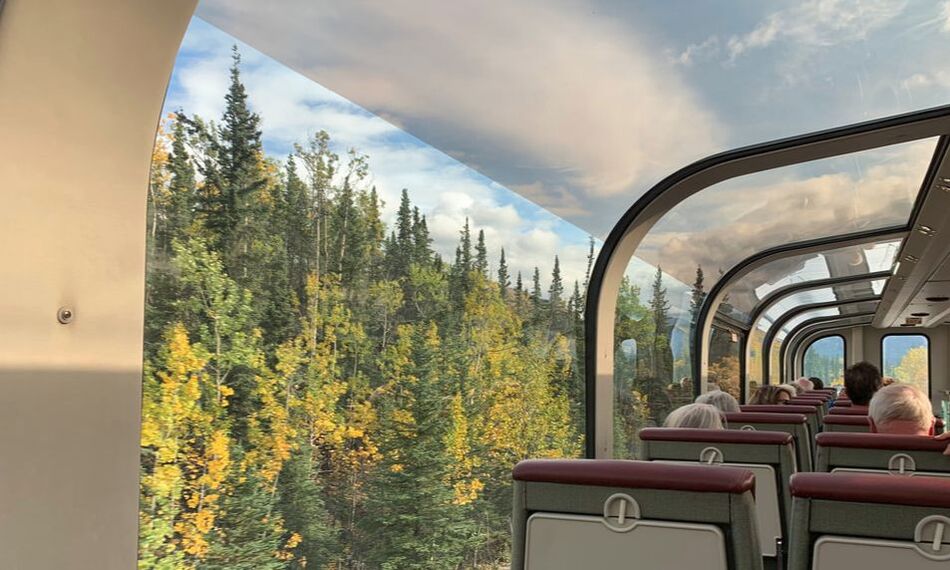
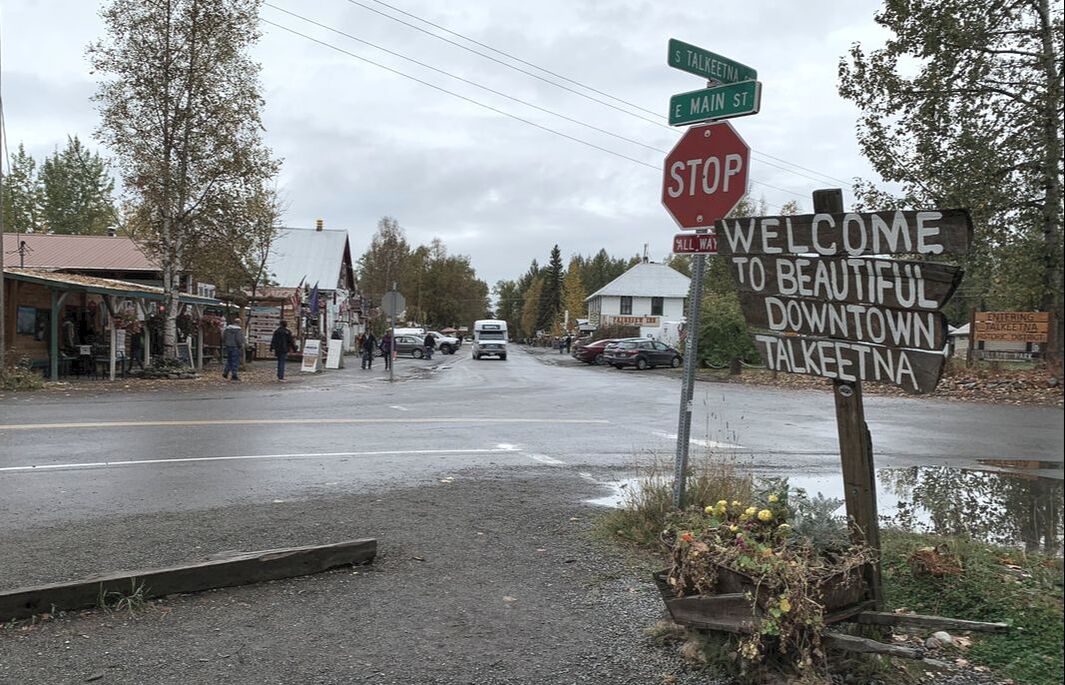


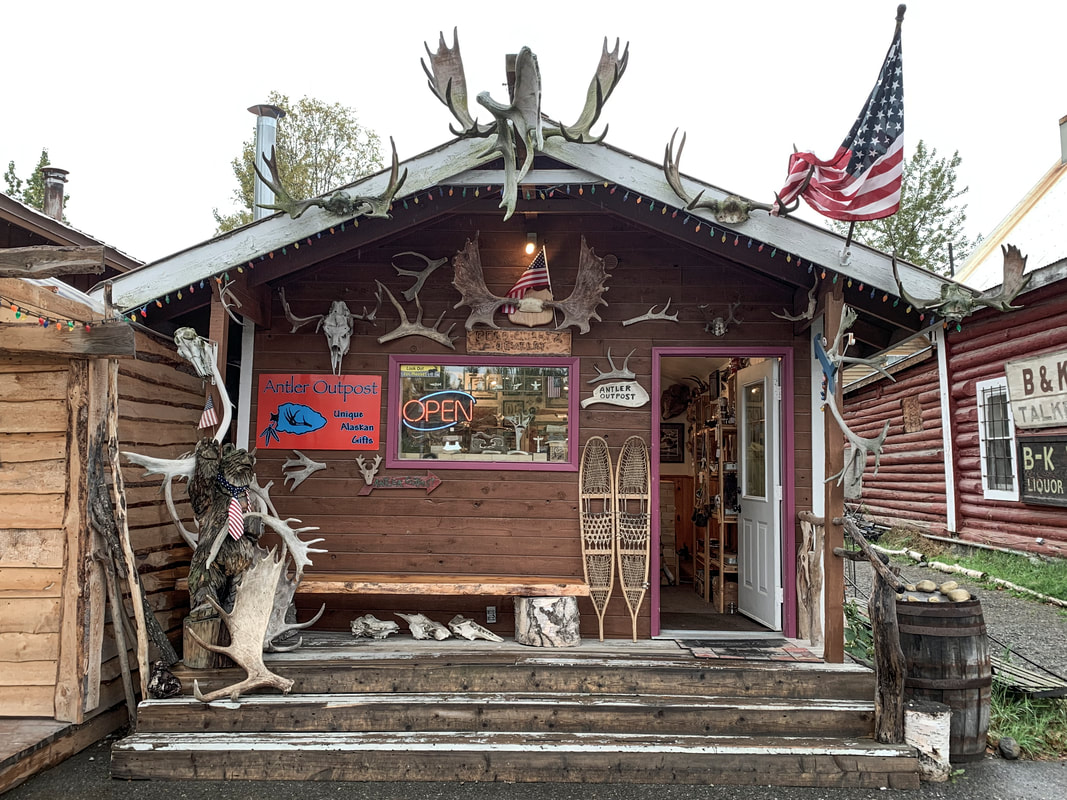



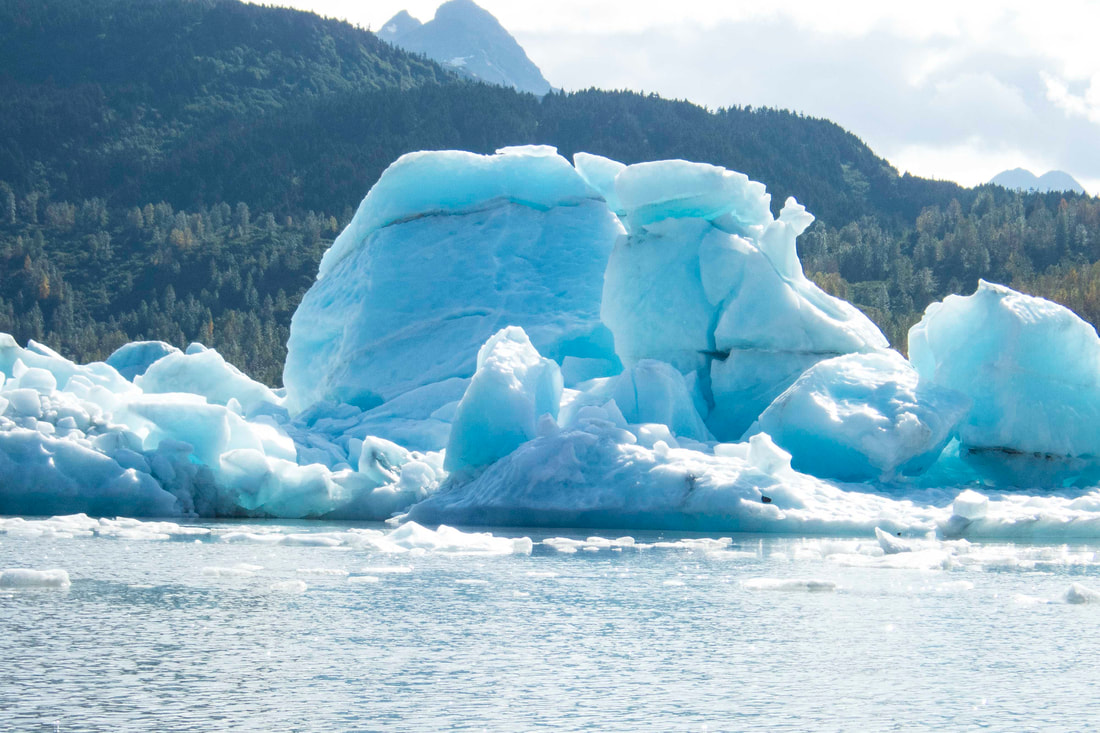





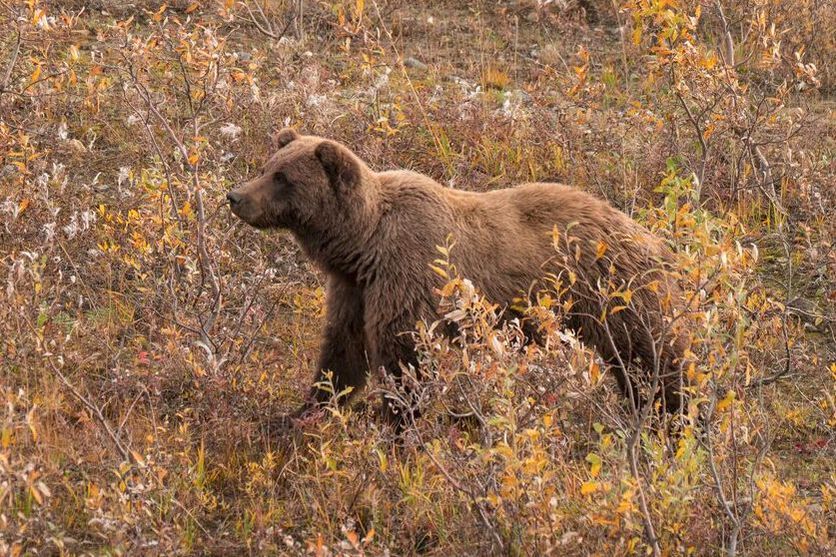

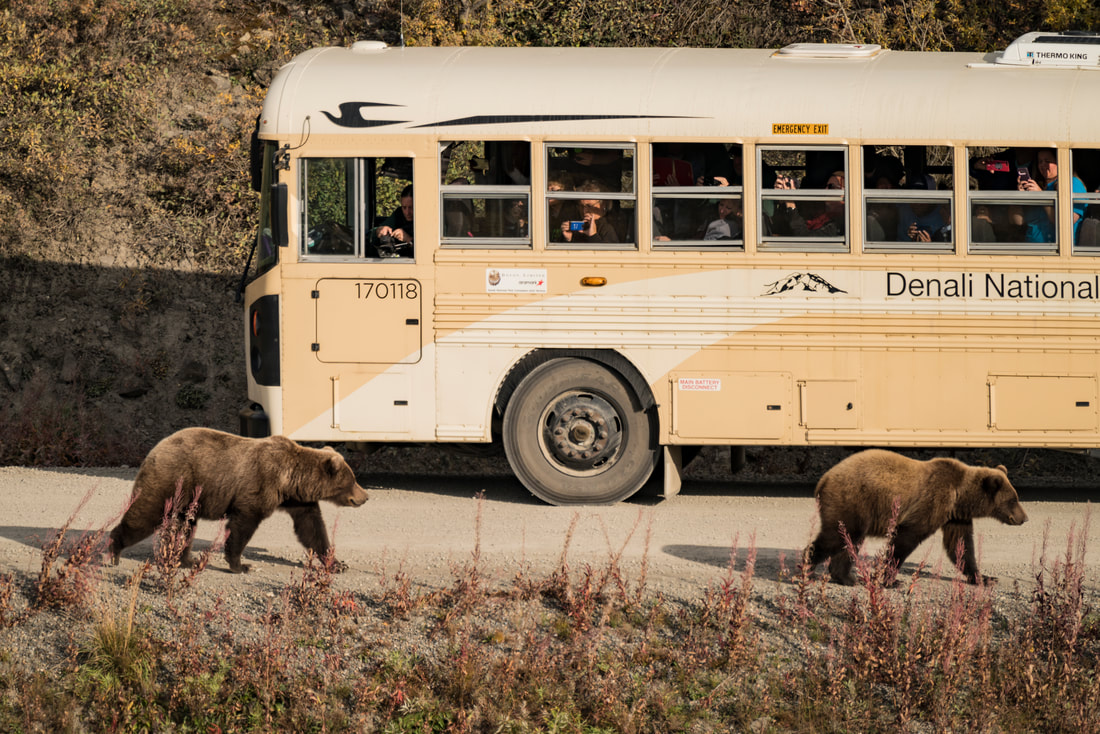

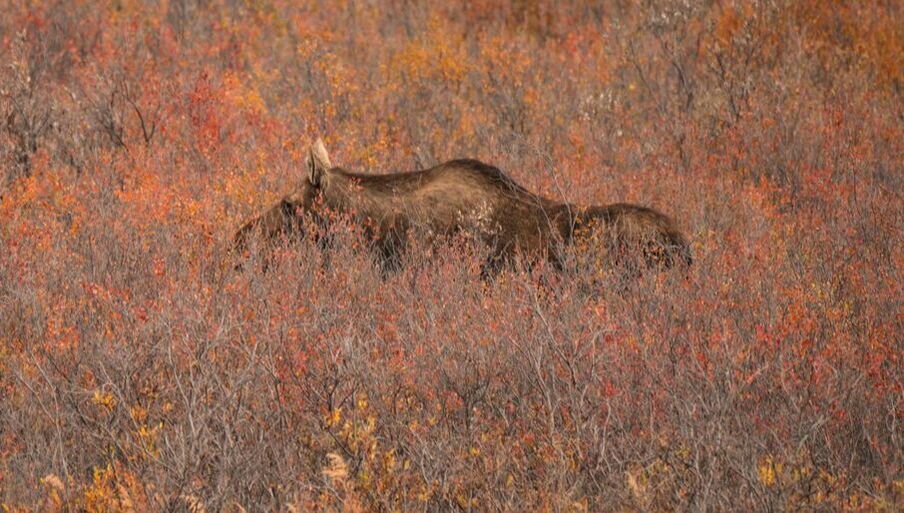


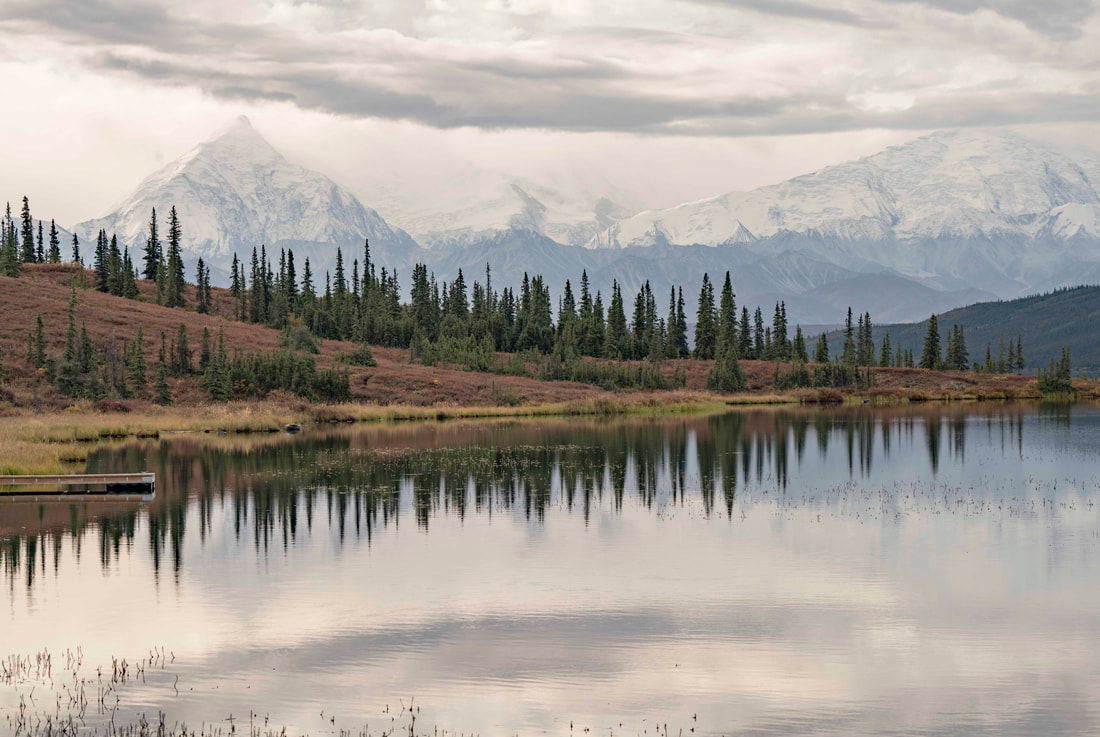



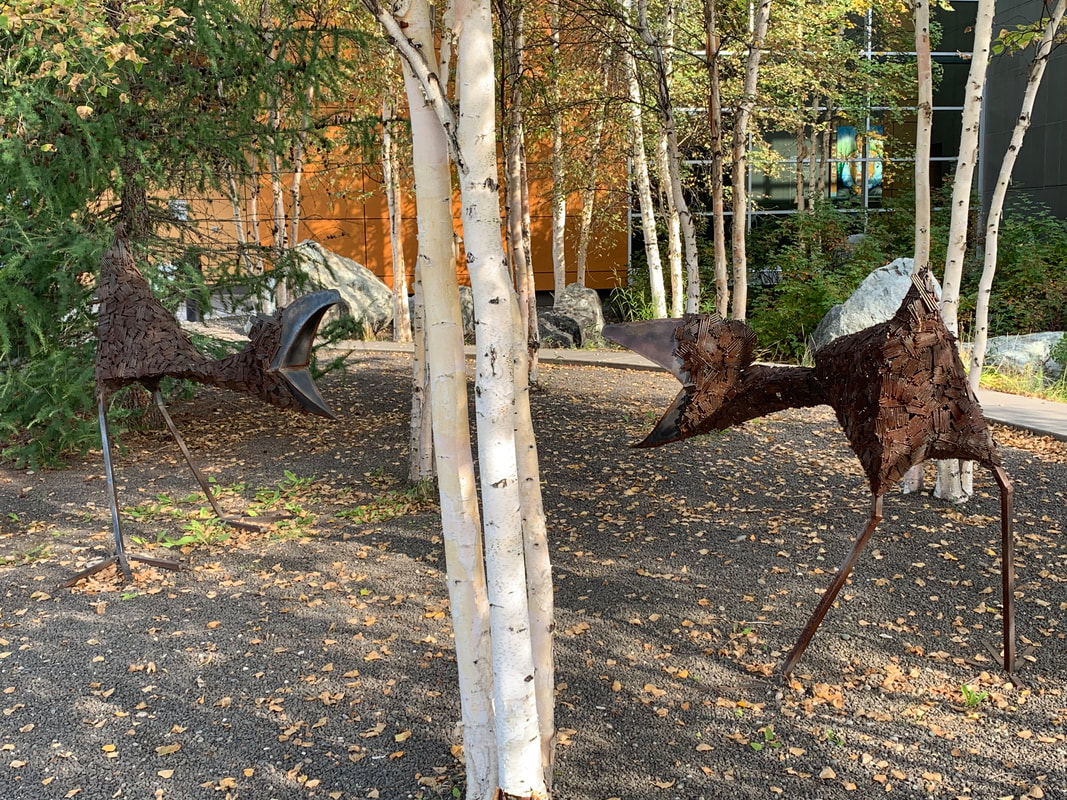





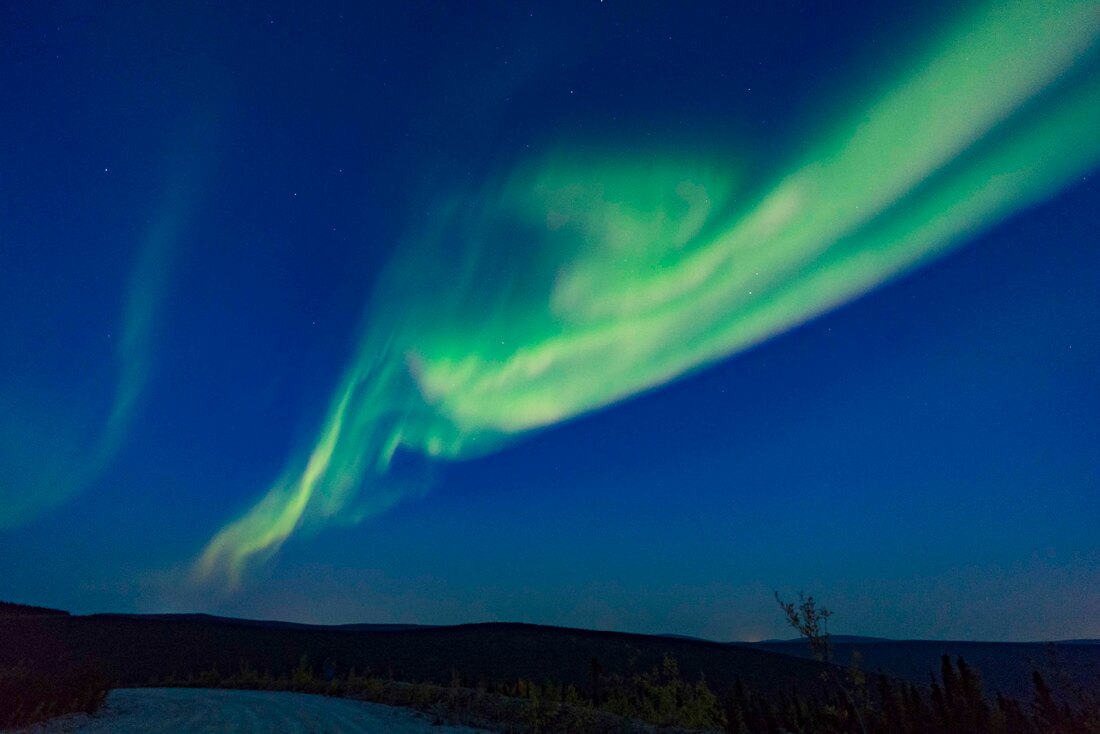







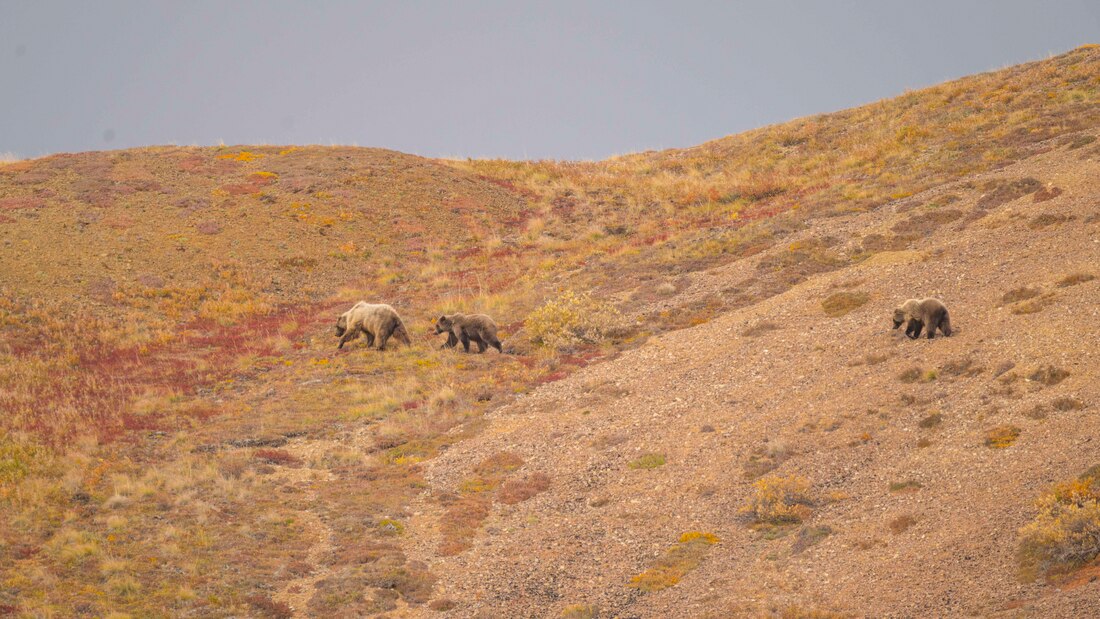


 RSS Feed
RSS Feed